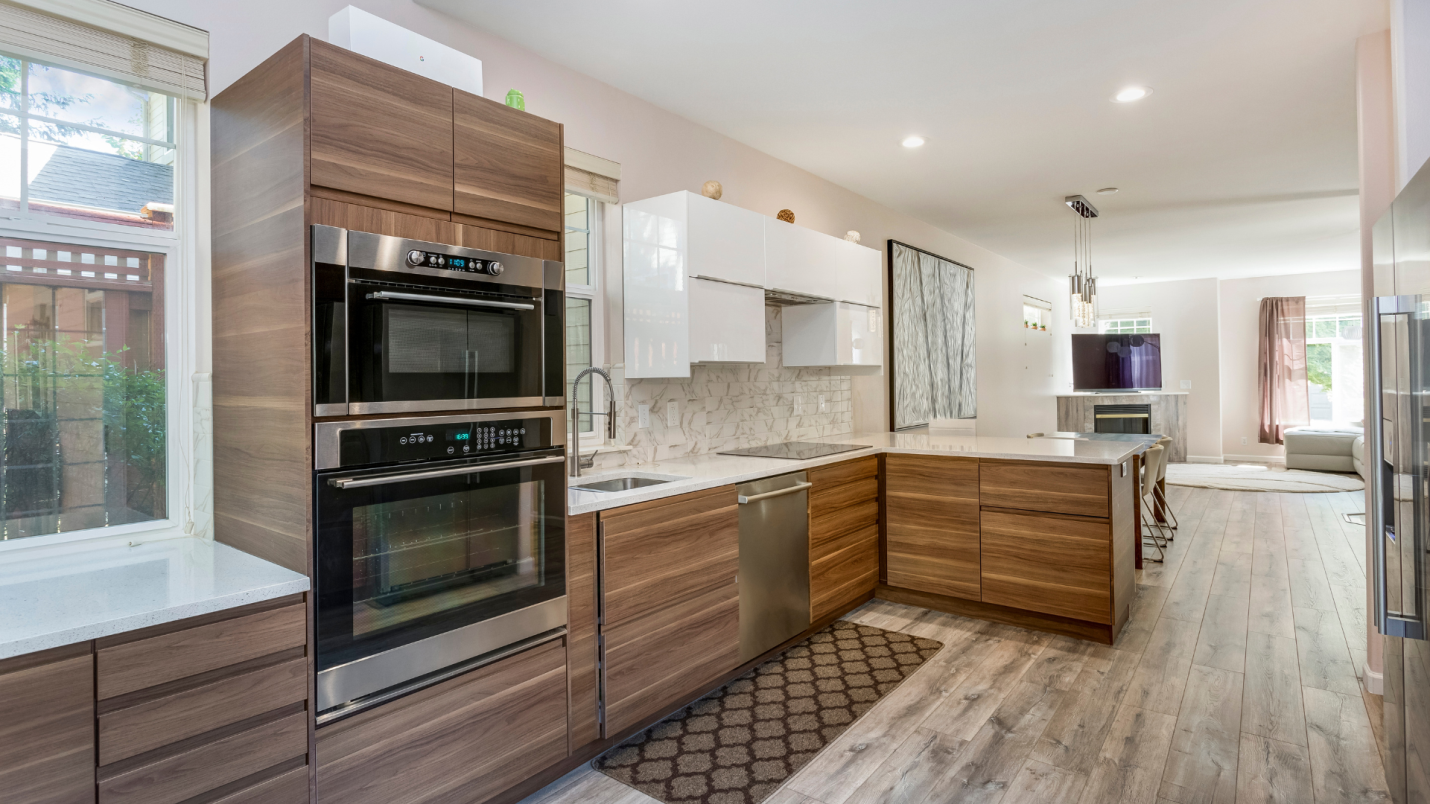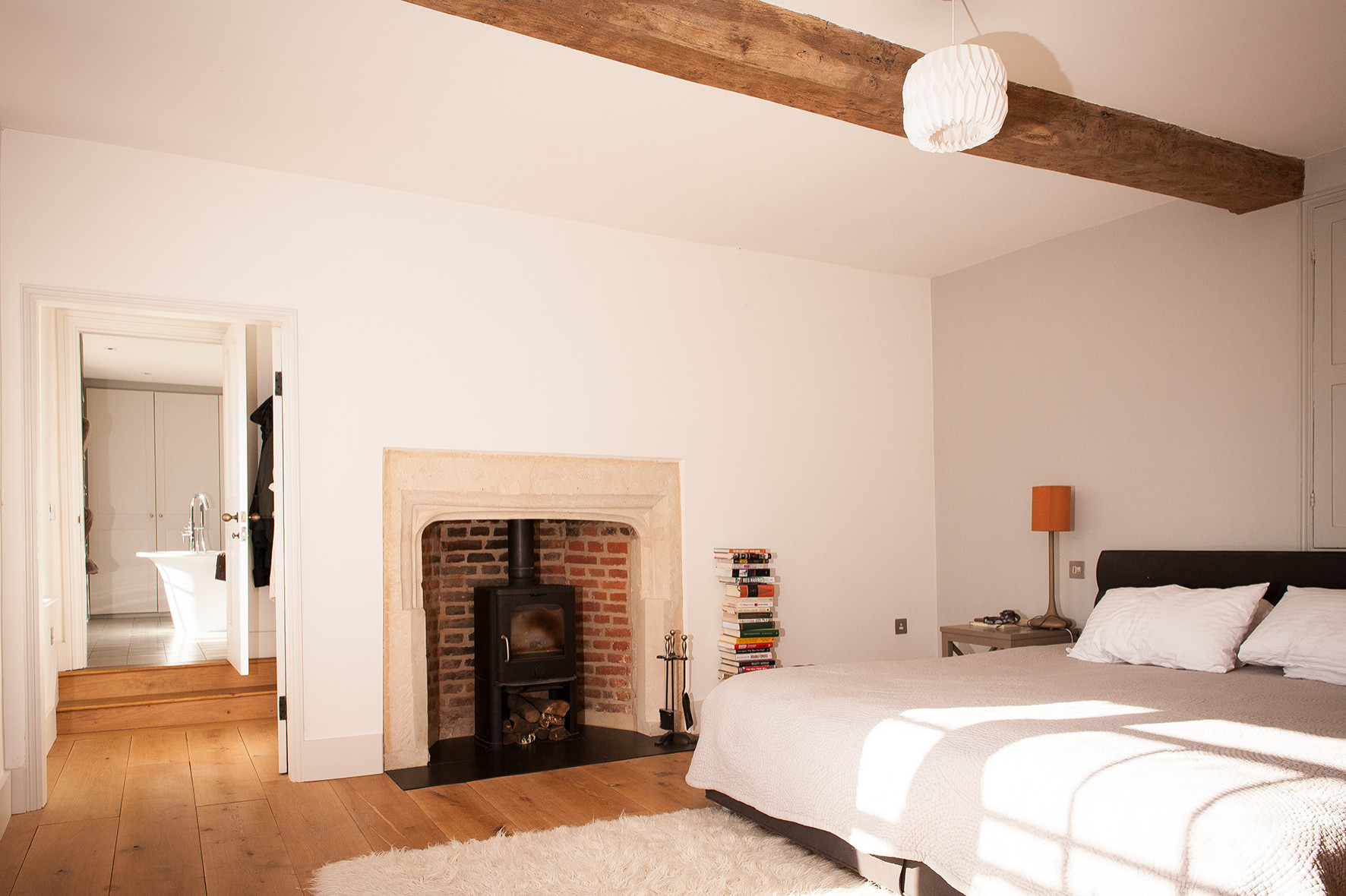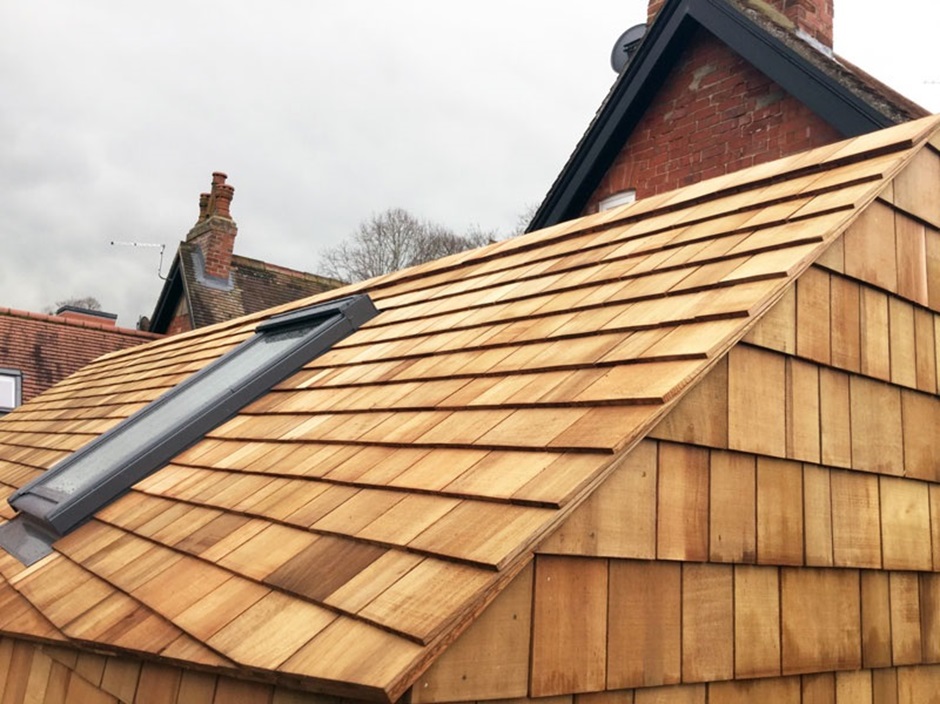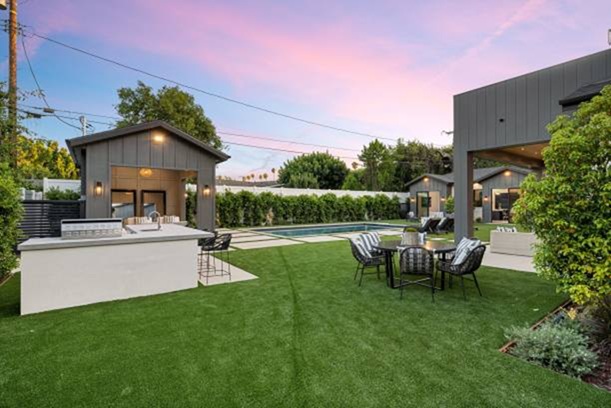1. Create a No-Step Entry
One of the most essential features of an accessible home is at least one entry point that doesn’t require stairs. Whether it’s for an older adult with limited mobility, a child with a stroller, or someone recovering from surgery, a no-step entrance makes coming and going far more manageable. If your home doesn’t already have a step-free access point, consider installing a gently sloped ramp or modifying an existing entry. Look for solutions that incorporate both function and curb appeal, like concrete or wood ramps with railings and integrated landscaping.2. Widen Doorways and Hallways
Standard doorways often measure 28–30 inches wide, but that can be tight for wheelchairs, walkers, or even people assisting others. Upgrading key doorways to at least 32–36 inches improves accessibility for everyone in the home. Similarly, wider hallways (ideally at least 36 inches) provide enough space for two people to walk side-by-side or for mobility aids to pass through easily. If a full remodel isn’t feasible, using swing-clear offset hinges can gain an extra inch or more of clearance without major construction.3. Prioritize First-Floor Living Spaces
Multi-generational homes should include at least one bedroom and a full bathroom on the ground floor to accommodate elderly family members or guests with limited mobility. If a dedicated bedroom isn’t available, consider converting a den, office, or dining room into a sleeping space. First-floor living minimizes the need to navigate stairs and ensures that key amenities like bathrooms, kitchens, and living areas are easily accessible to everyone in the household.4. Upgrade the Bathroom for Safety and Comfort
Bathrooms are one of the most hazardous areas in any home, especially for seniors. To make bathrooms safer and more accessible:- Install grab bars near the toilet and inside the shower
- Replace traditional tubs with walk-in showers or curbless entries
- Use slip-resistant flooring materials
- Consider comfort-height toilets for easier transfers
5. Adjust Lighting and Add Motion Sensors
Good lighting is critical for preventing trips and falls. Ensure all areas of the home—especially stairways, hallways, and entrances—are well-lit with bright, even lighting. Recessed fixtures, under-cabinet lights, and nightlights in bathrooms can make a significant difference. For added convenience, consider installing motion-sensor lights that activate when someone enters a room. These are especially helpful at night or for individuals with visual impairments or cognitive challenges.6. Rethink Flooring Choices
Flooring can affect both mobility and safety. High-pile carpets, uneven thresholds, or slippery tile surfaces can pose risks to seniors and toddlers alike. Choose low-maintenance, slip-resistant flooring options such as:- Luxury vinyl planks (LVP)
- Low-pile carpeting
- Textured ceramic tile
- Rubber flooring for specific rooms
7. Design with Flexibility in Mind
One of the keys to a successful accessible home remodel is creating adaptable spaces that can evolve with your family’s needs. For example:- Use pocket doors or barn doors that require less clearance than traditional swing doors
- Include adjustable-height countertops or workspaces in kitchens and home offices
- Choose modular furniture that can be easily reconfigured
- Install smart home devices for lighting, locks, and climate control that can be managed remotely or with voice commands





